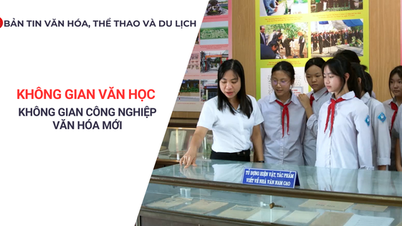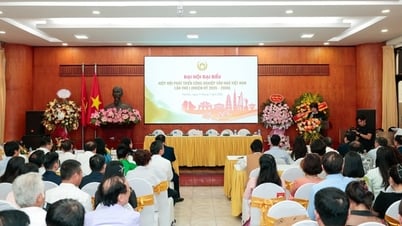There are many reasons for this phenomenon, from negative trends in the news cycle, to poorly performing news websites, to extreme news, and to readers' ability to read and understand the news.

The phenomenon of readers avoiding news is happening on a global scale. Illustration: GI
But the bigger reason, as outlined at the Newsrewired conference for journalism innovators last week, is fundamentally about how relevant news is to readers. So the fundamental solution to news avoidance is to give readers the power to engage with the stories or news sources of their choice.
What is news avoidance?
Few people have studied this topic more than Benjamin Toff, a senior researcher at the Reuters Institute and head of the Trust In News project. The three-year project has looked at issues around news avoidance in four key markets; the UK, the US, India and Brazil.
He found that there is an important difference between “selective news avoidance” and “consistent news avoidance.”
The first is related to news fatigue and information overload. It means that people are avoiding specific topics, not news in general. At the same time, avoidance can be a rational response to feeling overwhelmed.
The latter, consistent avoidance, is more worrying. This means people who hardly ever watch the news, less than once a month. There is a correlation between distrust and news avoidance, as two-thirds of people describe feeling both.
News avoiders skew toward younger, less educated, lower socioeconomic, less politically engaged demographics, and especially social media users. Women are also more likely to be news avoiders.
Looking back at the news relationship
Rule number one in consumer rights is that the customer is always right. Shirish Kulkarni, a journalist with 25 years of experience at major UK broadcasters, says traditional media sometimes think the opposite, that it’s the user’s fault for not paying attention to the news.
The traditional approach to news, such as a highway accident, only reinforces negative perceptions of the news. It also doesn’t serve readers who aren’t involved in the story. Overall, it leaves many readers feeling like “disappointed consumers.”
“Separate news and journalism,” says Kulkarni. “Negative news should follow events closely so readers can see the whole picture and feel complete.”
The “slow journalism” startup Tortoise is seen as an example of how to fix this, as an antidote to the noisy and fast-paced news ecosystem.
It produces a “Sensemaker” newsletter and daily podcast in the form of “5 stories you need to know and why you need to know them.” The daily podcast is a 7-minute story. Additionally, Tortoise hosts discussions to discuss the news items of the day. It’s a friendly touchpoint for readers.
Listen and engage with your readers
Mary Walter-Brown leads a nonprofit called the News Revenue Center in America, which works with news organizations to develop listening and trust strategies in their local communities.

Newsrooms need to have more solutions to connect and build trust with readers. Illustration: Getty
The organization builds programs around deep listening and a fundamental understanding of what readers want to help reshape the way local newsrooms operate. People won’t pay for news that doesn’t resonate with them, just like they won’t pay for other products.
In addition to changing the content and format of reporting, newsrooms need to switch to listening mode, such as listening tours or community outreach programs, and take that feedback and turn it into a newsroom strategy, experts say.
Distribution is also important. In addition to traditional products such as newsletters or websites, newsrooms should create events and seminars on news topics to create more intimacy and trust with readers (such as programs to meet celebrities, organize a visit to a special hair salon or a sporting event).
According to Walter-Brown, this needs to be a top priority in newsroom strategy if they want to be successful. Doing it half-heartedly can be counterproductive and can actually do more damage to reader trust. “You can’t build engagement by just having random, sporadic conversations,” he concludes.
Hoang Hai (according to Newsrewired, Reuters, Journalism)
Source





































































































Comment (0)